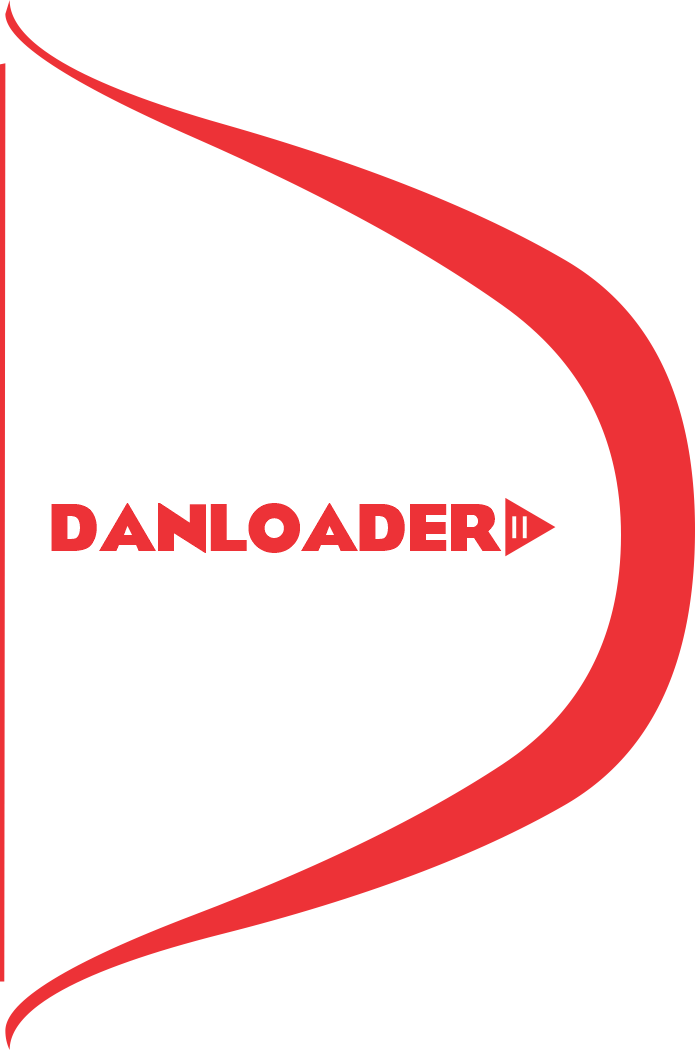The elements of design are the fundamental aspects of visual design, and include;
1)Line:
A basic element made up of two connected points, lines can be straight, curved, wavy, thick, or thin. They can be used on their own, or to form other shapes.
Shape: A basic element of design.
2)Form:
A three-dimensional object with volume, such as a cube, sphere, or cylinder.
3)Value:
The lightness or darkness of a color. Lighter colors have a higher value than darker ones.
4)Color:
The color of an object, which can be described by its saturation, tint, and shade.
5)Texture:
The way a surface feels, or how it is perceived to feel. There are two types of texture: tactile and visual.
6)Space:
The space occupied by an object.
Designers use these elements to create images that convey a mood, draw the eye, or evoke feelings. In addition to the elements, designers also use principles of design, such as rhythm, proportion, emphasis, balance, and unity, to make compositions look pleasing.
1)Line:
A basic element made up of two connected points, lines can be straight, curved, wavy, thick, or thin. They can be used on their own, or to form other shapes.
Shape: A basic element of design.
2)Form:
A three-dimensional object with volume, such as a cube, sphere, or cylinder.
3)Value:
The lightness or darkness of a color. Lighter colors have a higher value than darker ones.
4)Color:
The color of an object, which can be described by its saturation, tint, and shade.
5)Texture:
The way a surface feels, or how it is perceived to feel. There are two types of texture: tactile and visual.
6)Space:
The space occupied by an object.
Designers use these elements to create images that convey a mood, draw the eye, or evoke feelings. In addition to the elements, designers also use principles of design, such as rhythm, proportion, emphasis, balance, and unity, to make compositions look pleasing.
The elements of design are the fundamental aspects of visual design, and include;
1)Line:
A basic element made up of two connected points, lines can be straight, curved, wavy, thick, or thin. They can be used on their own, or to form other shapes.
Shape: A basic element of design.
2)Form:
A three-dimensional object with volume, such as a cube, sphere, or cylinder.
3)Value:
The lightness or darkness of a color. Lighter colors have a higher value than darker ones.
4)Color:
The color of an object, which can be described by its saturation, tint, and shade.
5)Texture:
The way a surface feels, or how it is perceived to feel. There are two types of texture: tactile and visual.
6)Space:
The space occupied by an object.
Designers use these elements to create images that convey a mood, draw the eye, or evoke feelings. In addition to the elements, designers also use principles of design, such as rhythm, proportion, emphasis, balance, and unity, to make compositions look pleasing.
0 Comments
·0 Shares
·0 Reviews


